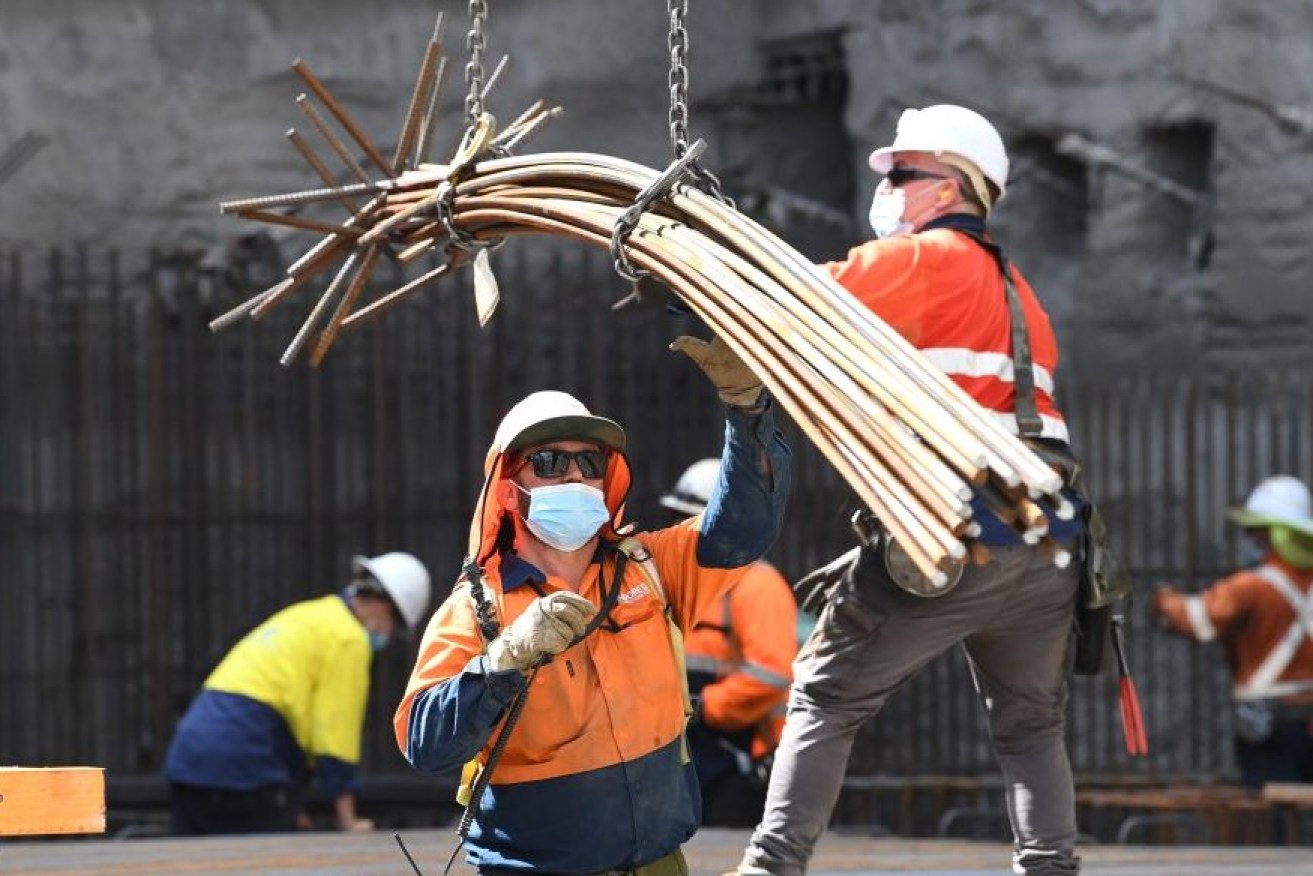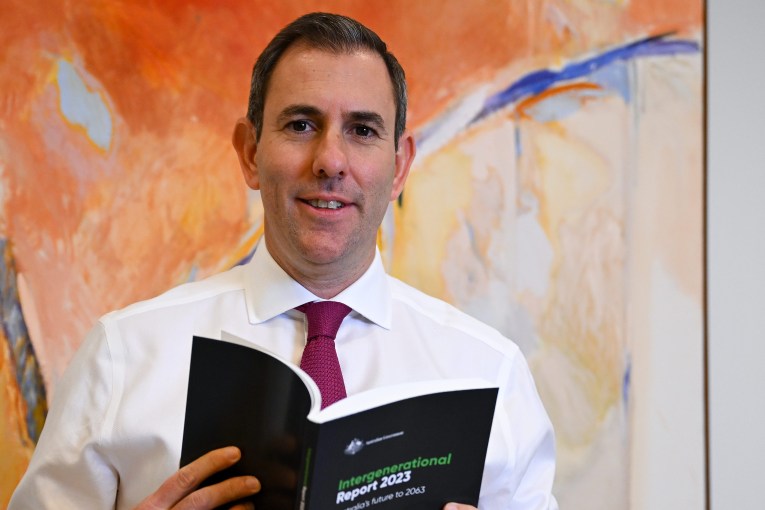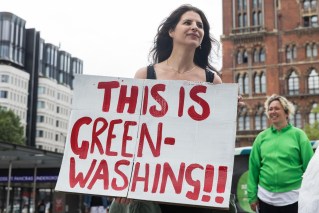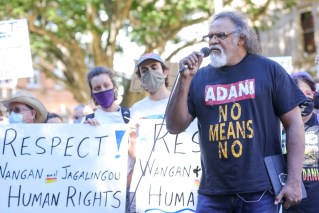How the wealthy inner city has syphoned away funding from growth areas
The wealthy inner Brisbane suburbs had been receiving vastly more funding for crucial infrastructure than the areas of major population growth for over a decade, according to a new study.


Construction workers are seen working at the Roma Street Station on the Cross River Rail project in Brisbane, Saturday, February 12, 2022. (AAP Image/Darren England)
According to lobby group Suburban Futures, there was a mismatch between where the capital was being spent and where it was needed to sustain the forecast increase in population.
It said the inner city suburbs had a higher proportion of high-income earners with about one in five households in suburbs like New Farm and West End earning more than $4000 a week, according to the Census.
Only about 5.7 per cent of the state’s population lived within a 5km radius of the city.
The areas where growth was highest, the Gold and Sunshine coasts, outer northern Brisbane, and Ipswich would need significant infrastructure to deal with the pressures and were suffering significant infrastructure and amenity deficits, with the exception of the Gold Coast.
“They are not the beneficiaries of 150 years of infrastructure funding,” Suburban Futures said.
“The inner city of Brisbane, however, is arguably in a privileged position in terms of an abundance of amenity and infrastructure.”
A spokesman for Treasurer Cameron Dick said, Cross River Rail was a major factor in the spread of capital spending in the inner city.
Of the $2 billion in capital works for inner Brisbane, $829 million was for Cross River Rail, a project which has now blown out to $6.3 billion.
The Government said he areas cited by Suburban Futures would be beneficiaries of the Cross River Rail project because it would allow them to move in and out of Brisbane more efficiently.
However, Suburban Futures said the discrepancies were not just related to the most recent Budget. It found capital spending in the longer term had prioritised the inner city at the expense of high-growth areas.
It produced data showed the combined spending from 12 years of state budgets which it said ironed out the lumpy spending.
That showed inner Brisbane had received more than $16 billion. Ipswich and the Sunshine Coast had received less than $10 billion, while Logan and Beaudesert had received less than $6 billion and Moreton Bay North less than $4 billion.
“The dominance of inner city Brisbane relative to high growth regions like Moreton Bay North and Logan-Beaudesert over the longer term is something that future budgets may need to address if the intentions of the South East Queensland Regional Plan are to be supported,” it said.











